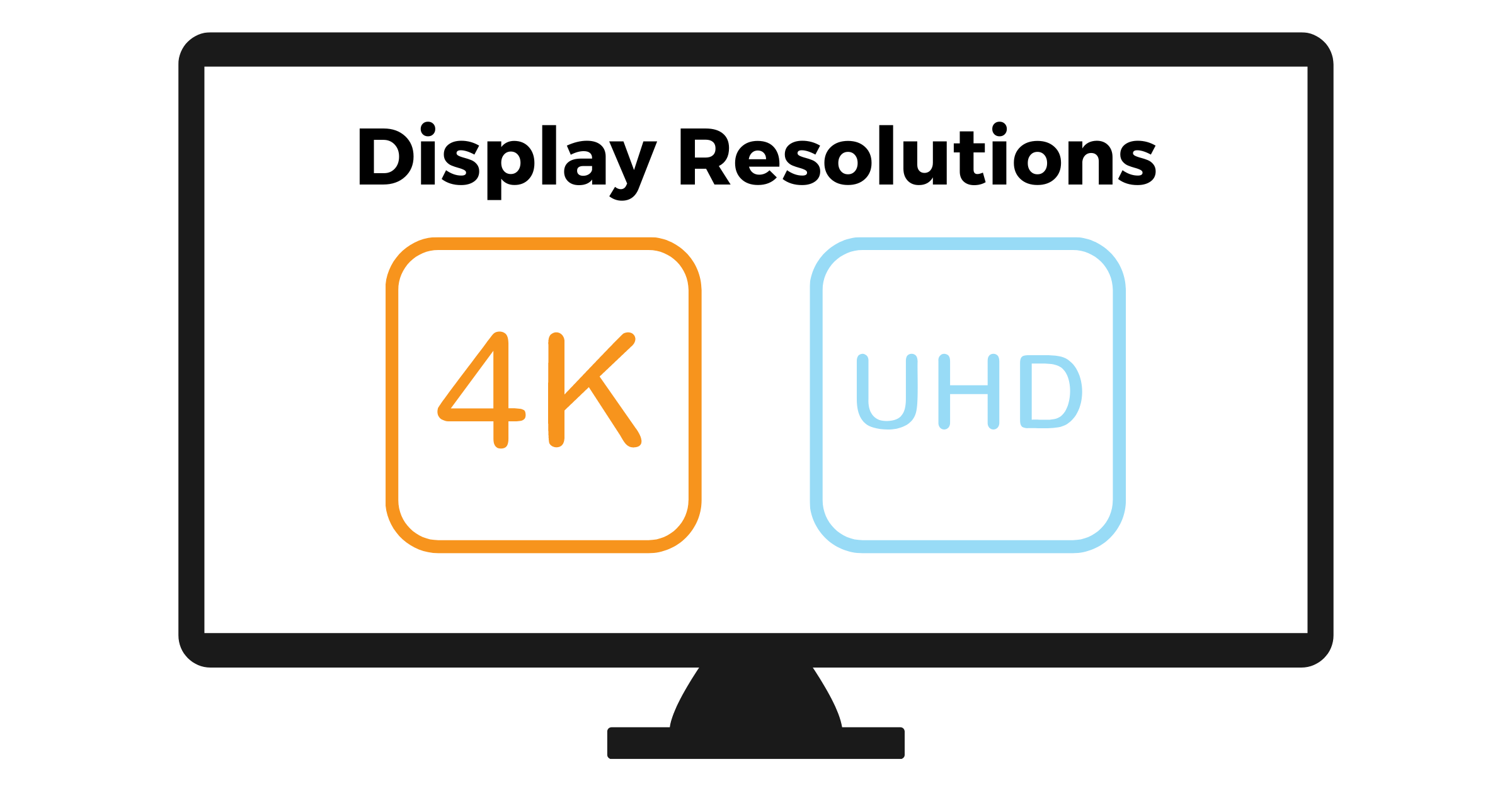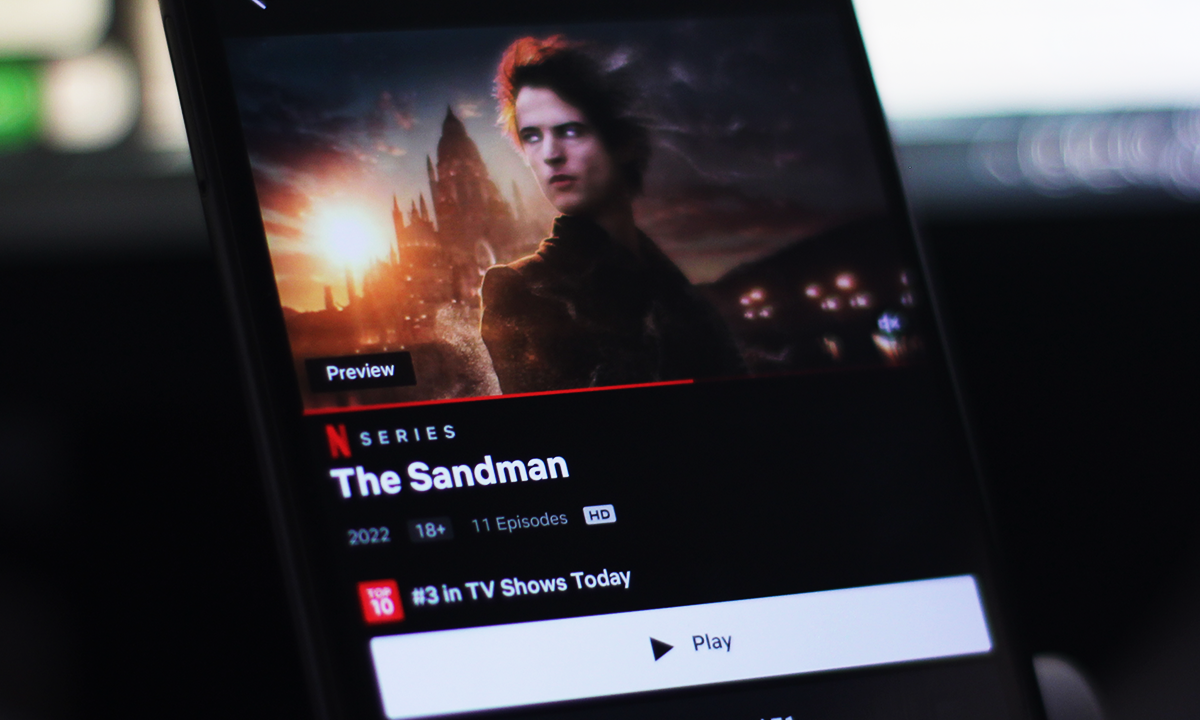An Ethernet Cable (sometimes named UTP Cable) or LAN (Local Area Network) Cable is basically a cable that is commonly used to connect a computer to a router or modem. We won’t dig deep into the LAN network and how is the setup done, but we will focus more on the cable itself and why you should choose the right Ethernet Cable.
We use an Ethernet cable so we can directly connect our laptops or computers to the internet via Routers or Modems. If you’ve seen some markings like CAT5 or CAT6, well they’re worth knowing for it’ll determine the speed of data or internet that your machine will receive.
We will show you the standard Ethernet cables used in the industry with basic specs so you’ll have an idea if you’re using the right Ethernet cable at your home or at your business.
Category 5 cable (CAT5)
It’s one of the most commonly used and cheapest ethernet cables in the industry. it supports data transmission speeds of up to 100Mbps. The CAT5 cable can be used up to 100 meters, going beyond that without any support of a bridge or other device can cause issues like the degraded speed of data transmission and data packet loss.
If you have an Internet Plan of 150Mbps at your home but you’re using a CAT5 cable to connect your laptop to your router, it’ll only send out up to 100Mbps max of speed, that’s because CAT 5 can only handle up to 100Mbps.
Category 5e cable (CAT5e)
CAT5e (enhanced) is actually a variant of the CAT5 cable, it uses the same frequency which is 100MHz and the manufacturing process of it is the same. What they differ is the transfer rate, if the CAT5 cable can send up to 100Mbps, the CAT5e can handle up to 1000Mbps or up to 1Gbps, this is what we call also a Gigabit Ethernet.
This can be helpful if your Internet Plan is above 100Mbps so you can fully utilize your whole Internet.
Category 6 cable (CAT6)
CAT6 is actually a 6th generation of the Ethernet Cable and it’s becoming more commonly used in Households and businesses than the CAT 5 and CAT5e. CAT6 commonly supports up to 1Gbps but it can also accommodate up to 10Gbps with a limited distance of just around 55 meters. An upgraded version of CAT6 is the CAT6a (augmented version), it can deliver data rates of up to 10Gbps for 1 cable measuring up to 328ft in length.
Category 7 cable or (CAT7)
Many have heard of this so-called CAT7 which is said to be a faster ethernet cable than the CAT6 and CAT5 cable, but this is actually not an IEEE cabling standard, it uses a proprietary design and it doesn’t have any sort of blessing from the networking industry. Also, it doesn’t use the RJ45 connector, but it uses its own proprietary connector.
Category 8 cable or (CAT8)
So the official successor of CAT6a is actually CAT* which is officially recognized by the IEEE and EIA and parts and pieces are standardized across manufacturers. CAT8 can deliver amazing speeds of up to 40Gbps in short distances of just 78ft and 25Gbps if up to 100ft in length. But when it comes to longer distances from 100ft to 328ft, it has the same data rates as the CAT6a cabling which is 10Gbps.
With these kind of limitations due to distance, CAT8 is beneficial in short distances like data centers, network equipment which are near to each other. In terms of cost, CAT8 is not cost-effective.
Verdict:
In terms of household use and small to medium size businesses, CAT6 cable is the right choice for it is much cheaper than CAT8 and more powerful than CAT5 and CAT5e because it can deliver from 1Gbps up to 10Gbps. CAT8 that delivers up to 40Gbps is a must for those large data centers and anything regarding large scale networking equipment. These machines needs to function most likely 24/7 and they keep on transferring and processing chunks of data and of course, they really need to invest in premium wirings so CAT8 is what they need. But if you have a small scale network setup, CAT6 is still the way to go.



